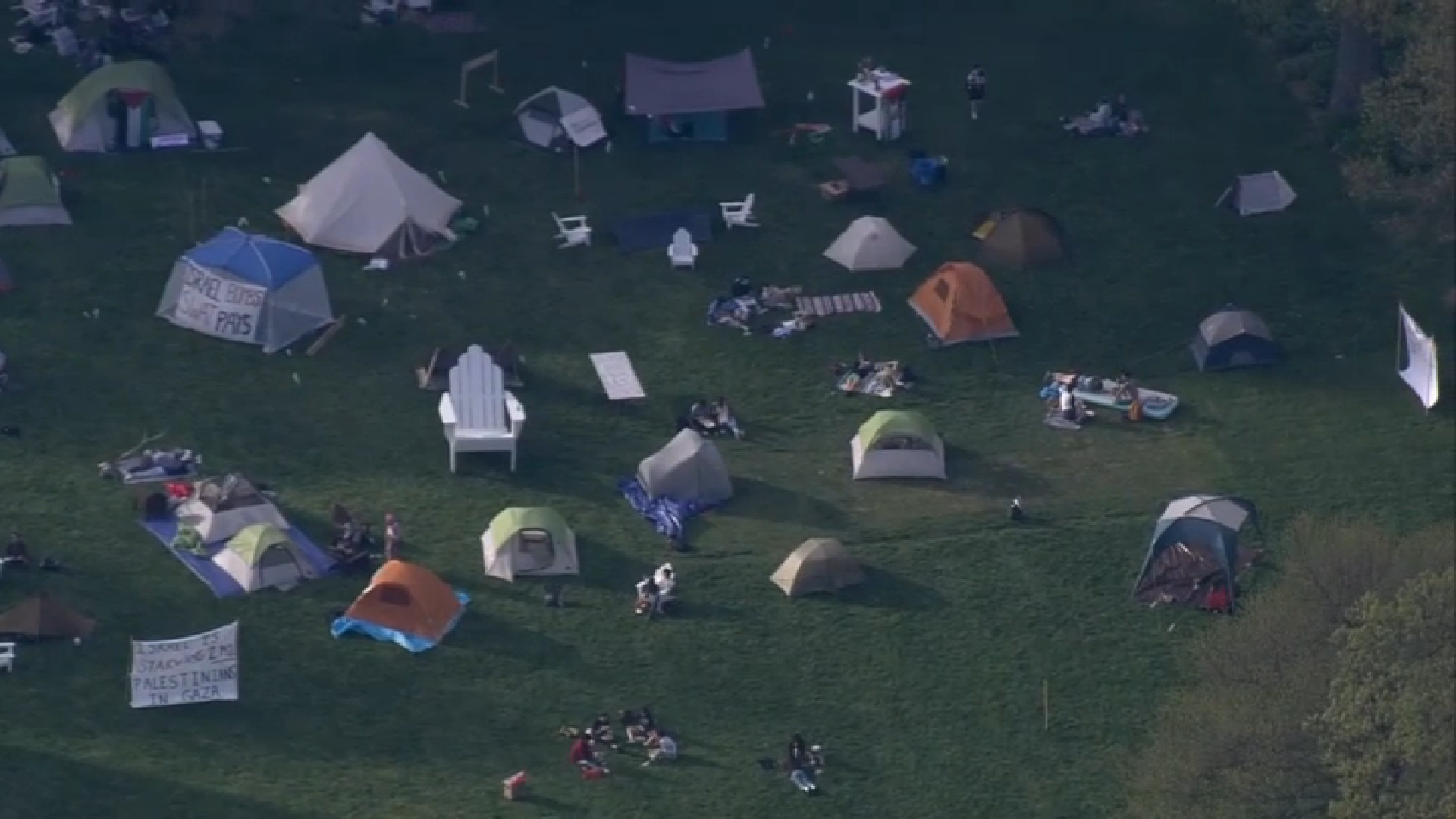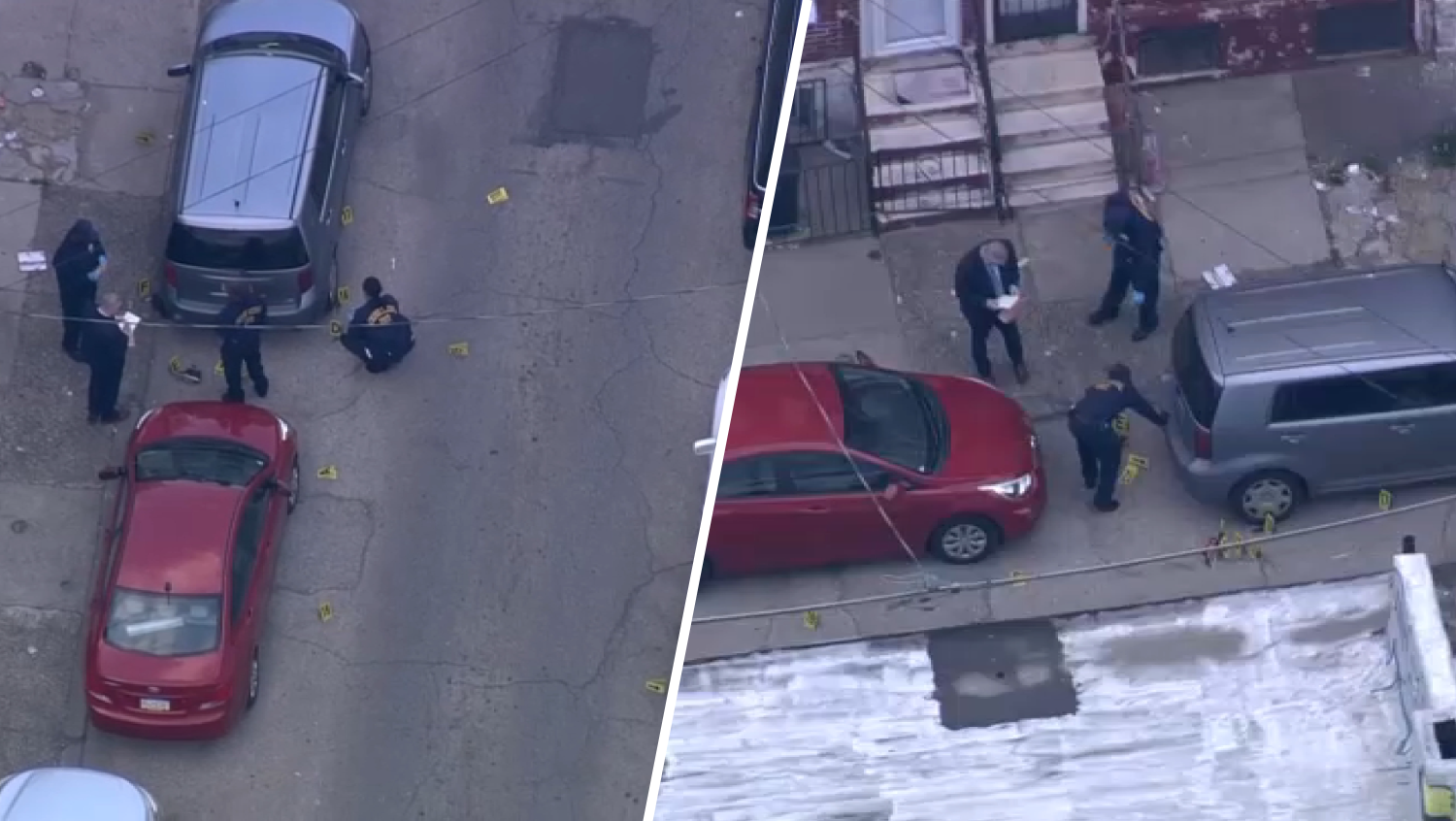Crowds of onlookers filled Bedford's streets Oct. 19, 1794, as the President of the United States rode into town.
A witness recalled that 62-year-old Washington — "the Father of His Country," as he was already widely called — appeared pleased as he passed down a street, removed his hat and bowed. The crowds remained silent, "anxious to see this very great and good man."
But this was no campaign stop. Washington stood at the head of an army thousands of men strong, and to many in Bedford, it was an unwanted occupying force. It would be the only time in American history that a sitting president led an army in the field.
"They probably weren't happy to see he was there," local historian Larry Smith of East Freedom said last week.
It's been more than 220 years since Washington stayed in Bedford as he moved to put down tax-protesting rebels in western Pennsylvania. As the country marks Presidents Day and the 283rd anniversary of Washington's birth this week, some in Bedford hope to turn the so-called Whiskey Rebellion into a point of pride - and tourism - for Bedford County.
"We don't have Disney. We don't have a big, huge attraction," said Melissa Jacobs, owner of the 18th-centuryJean Bonnet Tavern outside Bedford, where rebels gathered in 1794 to protest the federal government. "What we do have, though, is our own unique story to tell."
'Children even drank it'
Local
Breaking news and the stories that matter to your neighborhood.
The conflict that brought Washington's army to Bedford began with a familiar problem: a growing national debt.
The newly created United States had won its independence with tens of millions of dollars in loans, and in the years after the war with Great Britain, Secretary of the Treasury Alexander Hamilton (best known today as the face of the $10 bill) pushed for new taxes to repay the fledgling nation's creditors.
Just as politicians today look to unhealthy goods like cigarettes for new taxes, the U.S. government settled on whiskey as an easy source of revenue.
That was fine for politicians on the East Coast. But in the mountain frontier of western and central Pennsylvania, whiskey was a way of life.
"You couldn't really drink the water. It was like a Third-World nation," Smith said.
Instead, they drank whiskey, made at home stills from the rye that grew across Pennsylvania. So-called Monongahela Rye was produced in huge quantities and shipped across the mountains to the cities of the East, providing a profitable industry for western settlers.
"The children even drank it," Smith said.
Western Pennsylvanians bristled when the whiskey tax passed in 1791, complaining that it was an unfair levy on an already poor region. Rumblings of discontent started around Pittsburgh and spread beyond Bedford County, which at the time included parts of modern-day Blair, Cambria, Somerset and Fulton counties.
The reaction was bitter and sometimes violent.
Farmers near Pittsburgh seized tax collectors, doused them in hot tar and feathers and marched them through the streets. Anonymous writers penned pamphlets threatening those who cooperated with the government, while bands of armed men met to organize further resistance.
In Philadelphia, the nation's capital, politicians feared western Pennsylvania might secede and form its own country. In the west, farmers praised the French Revolution, talked of bringing the guillotine to America and raised a new flag with a stripe for each rebel county - including Bedford.
Guilty or innocent
It was summer 1794, three years into the unrest, when hundreds of Bedford County's farmers gathered at the Jean Bonnet Tavern to protest the federal government. They raised a "liberty pole" — a symbol of independence that provocatively called to mind the American Revolution two decades earlier.
"It was really a sacrifice for people to take part," said Jacobs, whose restaurant and inn bears a historical marker commemorating the occasion.
Washington had had enough. That August, he issued a proclamation "deploring that the American name should be sullied by the outrages of citizens on their own government."
Washington called for Pennsylvania, Maryland, New Jersey and Virginia to raise militias against the rebels, to be formed into an unprecedented national army he would lead into battle. The forces would gather in Bedford and Cumberland, Md., before marching into the rebel heartland.
On Oct. 19, Washington rode into Bedford to review his army. The soldiers, according to one witness, "were affected by the sight of their chief, for whom each individual seemed to show the affectionate regard that would have been to an honoured parent."
The soldiers even set up a dazzling light display in town to honor the president, historian William Hogeland wrote. The blazing display read: "Woe to anarchy."
Washington's troops were eager to draw blood, contemporary Pennsylvania statesman Hugh Henry Brackenridge wrote at the time.
"The more zealous among the officers ... were continually crying out that 'atonements' must be made, insurgents must be seized, examples must be exhibited pendent from the limbs of trees," he wrote. "It mattered not whether people were guilty or innocent."
'Free and independent'
Soon after Washington's arrival, the arrests of Bedford County's rabble-rousers began. The Bedford County Historical Society maintains a list of dozens of men rounded up and charged with treason and sedition.
While Washington plotted the final assault on western Pennsylvania, he stayed at Bedford's Espy House — a stone building that still stands on Pitt Street.
"I was carried and lodged quite comfortably," the president wrote in his diary.
Washington stayed two nights with his army before turning back east to once again take up his presidential duties. Before he left, he issued an inspirational message to his army's commander, hailing the troops' bravery and the importance of their cause.
"It is nothing less than to consolidate and preserve the blessings of that revolution, which at much expense of blood and treasure constituted us a free and independent nation," Washington said.
With that, the president headed east (stopping, Smith said, at a Breezewood-area inn to play backgammon before he continued his journey).
The army, meanwhile, camped at the Jean Bonnet Tavern — the site of Bedford's protest months earlier.
"He camped the troops here for a reason," Jacobs, the owner, said. "He wanted to say 'Yeah, you can get 500 men to protest. Well, I have 11,000 men.' He wanted to send a message."
The army's advance caused the rebellion to swiftly crumble. Arrests followed across western Pennsylvania; some distillers were sentenced to hanging, but Washington issued pardons.
As quickly as the rebellion began, it had been defeated. Leading his troops from a Bedford house, the president had reaffirmed America's unity and stamped out a burning insurrection that might otherwise have spread.
The whiskey tax would be repealed a few years later.
Making money from history
Today, there are no legally recognized distilleries in Bedford and only a few in western Pennsylvania. Monongahela Rye is no longer the popular drink it once was — but in Bedford and around Pittsburgh, some have sought to rekindle the 18th-century tradition and Washington's memory.
A "Rebels & Rye" event, scheduled for Saturday at the Omni Bedford Springs resort, is set to raise money for the Fort Bedford Museum with whiskey, period costumes and radio ads boasting of "real wenches."
"People are going to be in costume. There are going to be scripts," said Suzanne Trussell, director of archeology for the museum. The event will even feature a mock tarring-and-feathering of a government official, organizers said.
The fundraiser, Trussell said, will help the museum's ongoing renovation, which is set to focus on Bedford's growth since the time of the American Revolution. The museum's new logo features Washington in profile, wearing his familiar military uniform (the president had passed through Bedford once before, as a young British officer in the French and Indian War).
"I think that's part of the marketing as well," she said. "George Washington brings people in, for sure."
Rebels & Rye isn't the first event to call to mind Bedford's place in the rebellion. Last year, Pittsburgh-based Wigle Whiskey — itself named after a rebellion participant convicted of treason — designed a special Bedford-themed whiskey for an event at the resort.
Others have turned the rebellion into a tourist attraction: Washington, Pa., celebrates an annual Whiskey Rebellion Festival, while restaurants and inns with connections to the conflict have long drawn attention to their historical significance.
The rebellion draws interest, and money, from history enthusiasts as well. Within the last year, an original 1794 letter from a rebel sympathizer at the Jean Bonnet tavern describing Washington's army sold for thousands of dollars at auction, Jacobs said.
For a county like Bedford, colonial and rebel history can be a seemingly inexhaustible source of outside interest, especially with ties to the first president, Jacobs said.
"I feel like the fascination with early America and Revolutionary War history — that is something that never goes out of style," she said.
From: The Altoona Mirror



